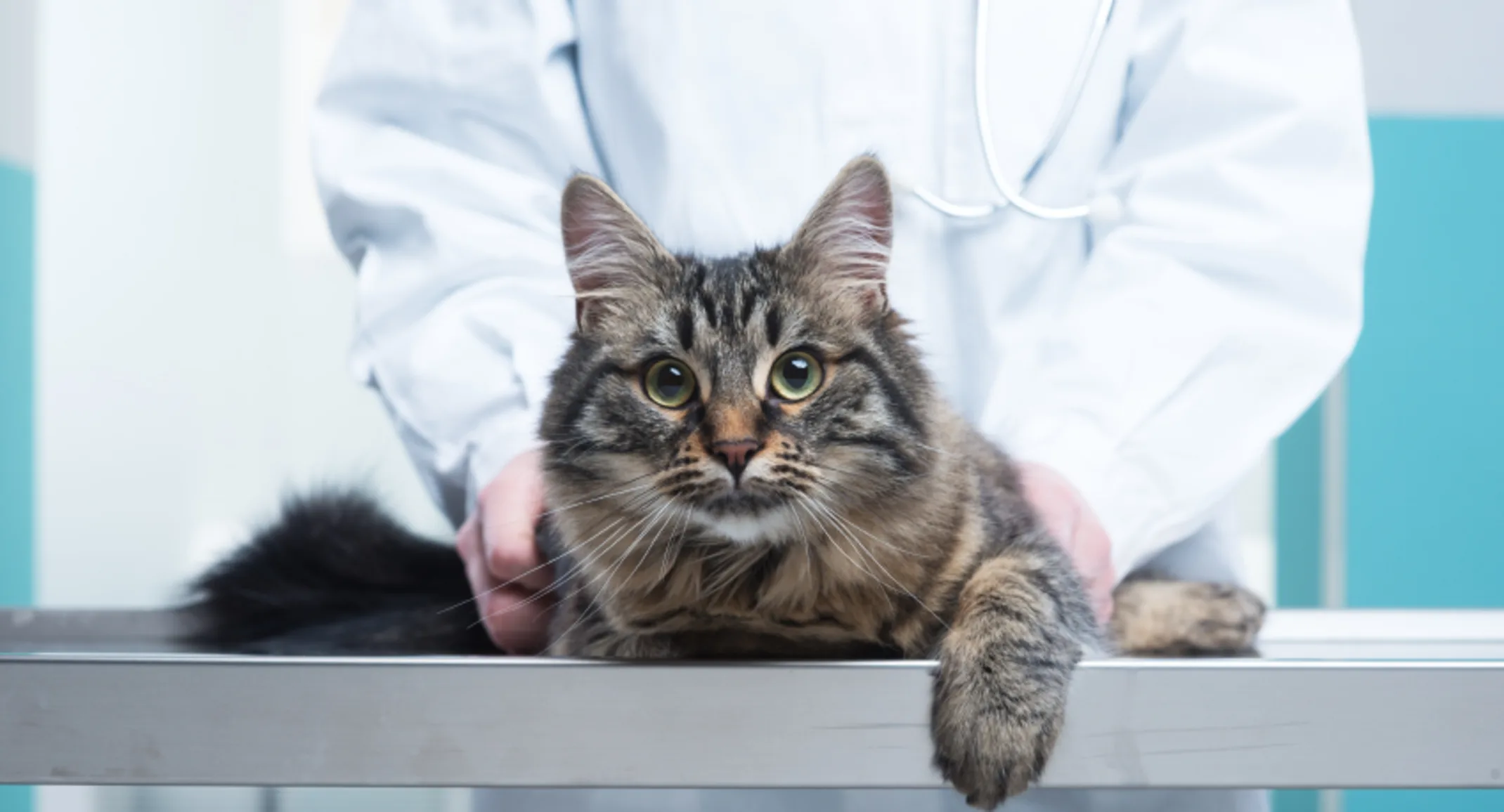What Is Hypertrophic Cardiomyopathy?
Cardiology

Hypertrophic cardiomyopathy (HCM) simply means thickening of the heart muscle and is the most common heart disease in adult cats. The heart is made up of four chambers: the left atrium and ventricle, and the right atrium and ventricle. The right side of the heart pumps de-oxygenated blood to the lungs. The left side of the heart is responsible for pumping oxygenated blood to the body. In HCM the left ventricle becomes thickened, resulting in less room available for the normal amount of blood.
This will change the pressure inside the left heart and eventually lead to left atrial enlargement. Once the left atrium is enlarged this predisposes cats to congestive heart failure (CHF). Congestive heart failure is characterized by the build-up of fluid in the lungs (pulmonary edema) or around the lungs (pleural effusion.)
Who is at risk?
HCM is the most common heart disease found in cats; while it can occur in dogs, it is very rare. It can occur at any age but is most commonly diagnosed in adult cats (approximately 6 years of age or older). This disease is more prevalent in Ragdolls, Maine Coon, and oriental breeds (Himalayan, Burmese, Sphynx, Persians), but it is also commonly diagnosed in Domestic Short Hair cats. A specific genetic defect has been identified in Ragdolls and Maine Coon cats.
What are the signs?
Most cats will not show outward symptoms making early detection difficult. Some cats will have a heart murmur or gallop rhythm which is heard with a stethoscope. Unfortunately, a large number of cats with HCM do not have an obvious murmur and the first sign of heart disease is associated with congestive heart failure (abnormal fluid retention). Signs of congestive heart failure include fast/heavy breathing, lethargy, a decrease in appetite or, worse, paralysis of the rear legs due to a blood clot.
How is it diagnosed?
The echocardiogram (ultrasound of the heart) is the gold standard for diagnosing HCM as it is the only test that allows a cardiologist to accurately measure the thickness and strength of the heart muscle. This is a non-invasive test that can typically be done without sedation. Radiographs (x-rays) of the chest are helpful in identifying fluid that may be accumulating in or around the lungs. Other tests, including a blood pressure check and measuring thyroid levels, may also be recommended because hypertension and hyperthyroidism can cause thickening of the heart muscle.
How is it treated?
Treatment will depend on your cat’s stage of heart disease. Cats with mild changes do not typically require treatment but should have routine rechecks to monitor for progressive changes. Cats with severe heart enlargement that develop congestive heart failure can be managed with oral medication that may include diuretics, ACE inhibitors, and anti-platelet medications. The goal with treatment is to maintain a good quality of life for as long as possible.
